Let’s be honest, if you’re an animal lover, the sea creatures that are even more popular than seals are penguins. The popularity of these aquatic, flightless birds is due to their portrayal as exotic and adorable creatures in films and documentaries. And that’s because it is true.
Penguins have the classic waddle, an upright, step-by-step shifting walk, and they mingle within their own flocks in a social manner. Another thing penguins are known for is the adult male tending the eggs along with the female. There are 17 to 19 species of penguins, and most of them inhabit the cold regions in the Southern Hemisphere.
In their natural habitat, penguins can swim swiftly in the water to find food. In fact, some species can swim up to 15 miles per hour. Being carnivores, this ability benefits them greatly to survive and hunt their prey. But what exactly do penguins eat?
Table of Contents
Things they DO eat
Octopus
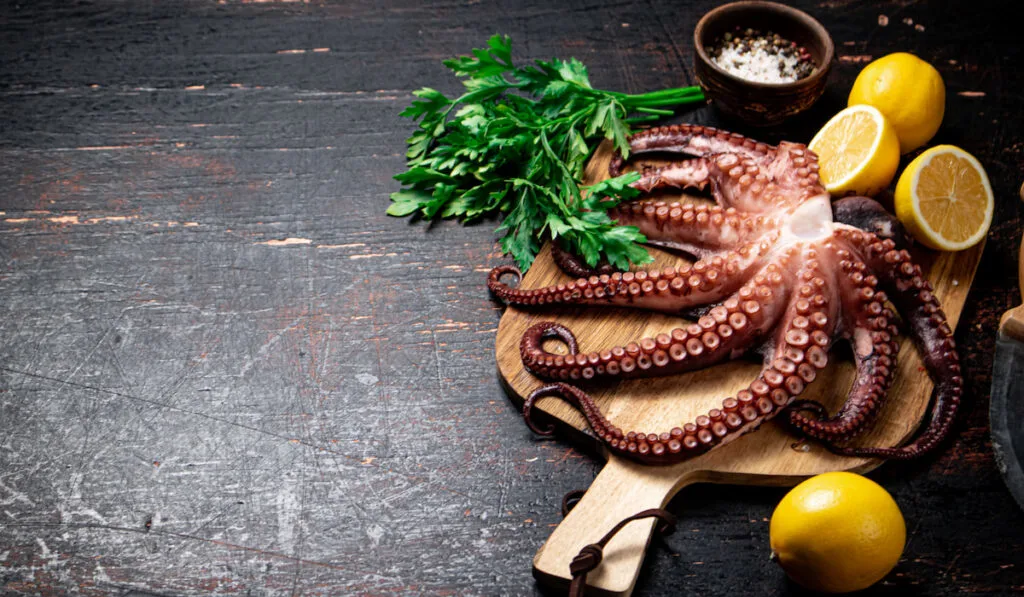
Octopuses are one of the penguins’ favorite foods. These cephalopods can be found in tropical and temperate oceans. Aside from octopuses, squid and cuttlefish are also consumed seasonally by penguins. Young penguins feed on glacial squids.
Meanwhile, some penguin species, such as King and Emperor penguins, hunt larger squids like giant and warty squids.
Shrimp
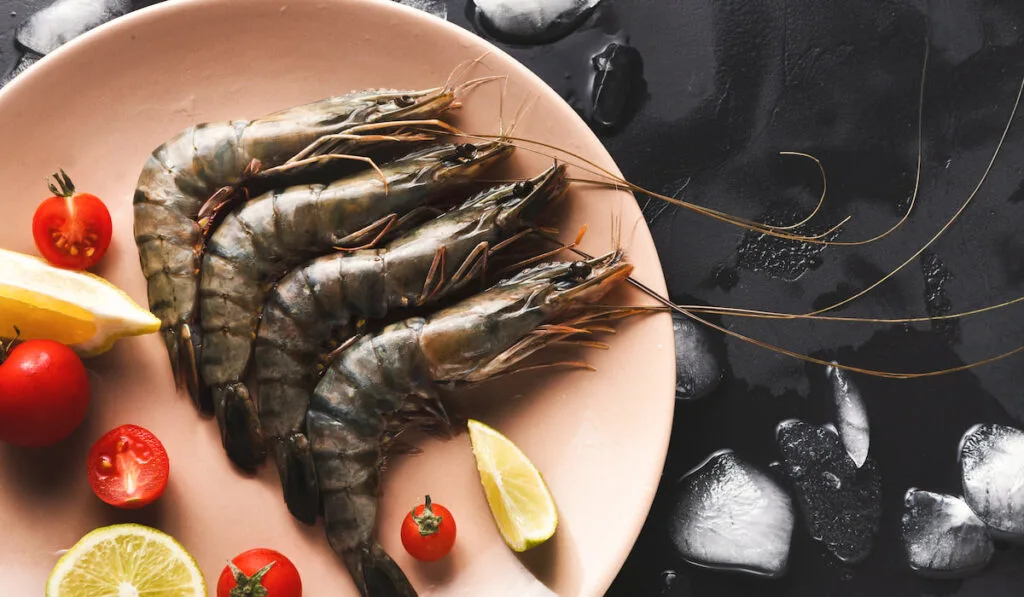
These elongated-bodied crustaceans can be found abundantly on the ocean floor or on sea beds. Although they are bottom dwellers, this doesn’t stop penguins from diving deep into the ocean to catch them.
Eating shrimp provides penguins with a lot of nutrients that they can’t get from other sources, such as vitamin B12, selenium, and choline. Shrimp are also rich in antioxidants that help reduce inflammation in penguins’ bodies.
Krill
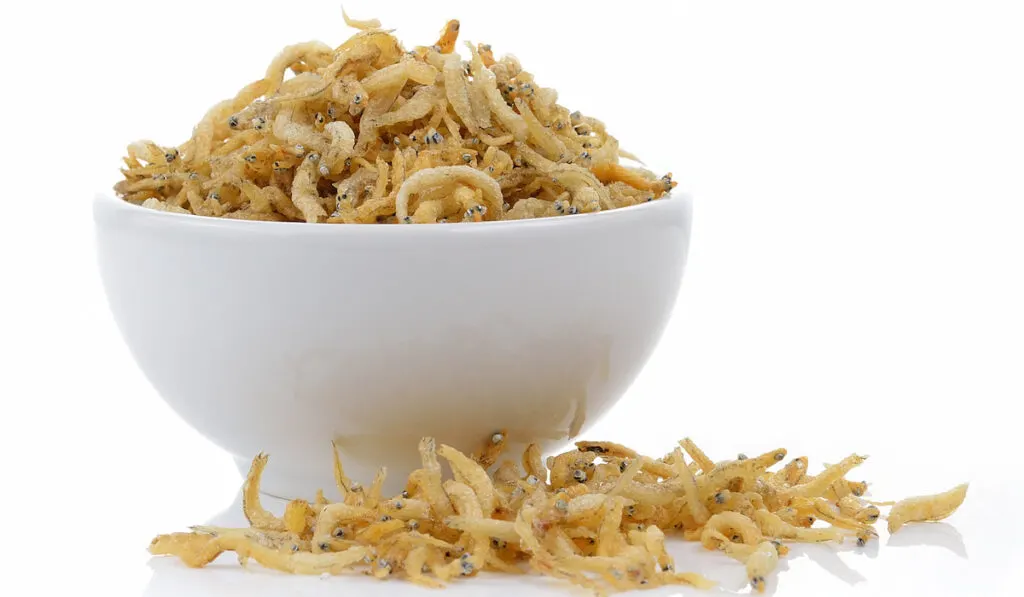
Krill are small crustaceans that measure around 2.4 inches in length. When they move in swarms, it is easier for penguins to swim right through their large school and swallow them whole.
In fact, certain species of penguins mainly feed on krill due to the lack of fish and other sea creatures in their natural habitat. Smaller penguins such as Adelie and Chinstrap penguins live in Antarctic and sub-Antarctic waters. Since there are fewer migratory fish around this region, they will feed on these small crustaceans.
Fish
Contrary to what most people think, although penguins’ diet primarily consists of fish, they aren’t actually piscivorous.
Penguins are actually carnivorous birds with piscivorous diets. Some species of penguins eat more fish than others.
It all depends on their habitat and their body size. For instance, small Chinstrap penguins only consume around 10% fish in their entire diet, while large Emperor penguins eat around 90% or more fish. Some species of fish that penguins eat are anchovies, mullets, lantern fish, opal fish, sardines, cod, silverfish, pilchards, sprats, and other small fish.
Crab
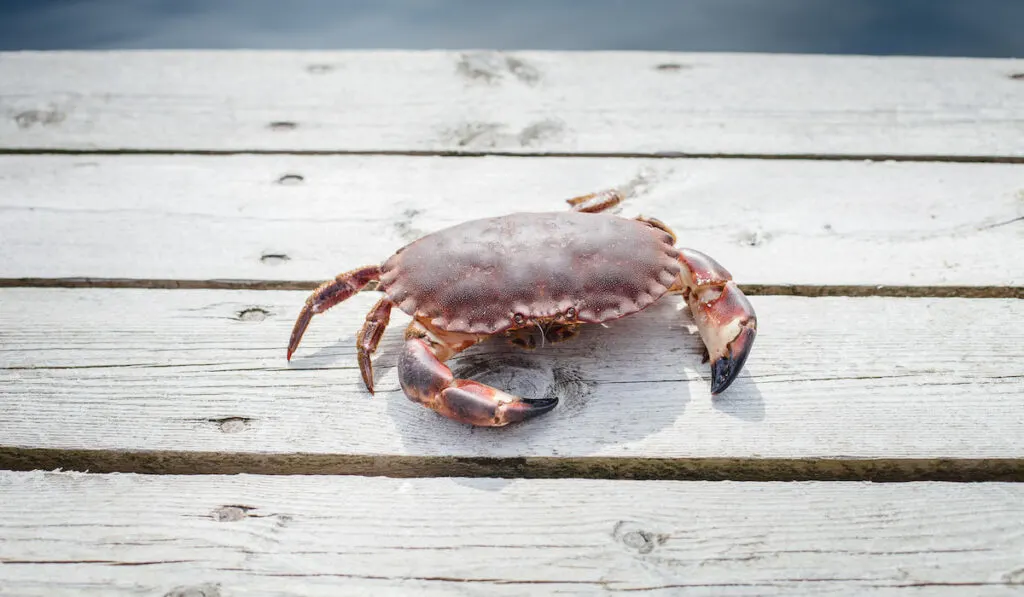
Crabs are hunted by penguins, especially crabs that are younger with softer exoskeletons. In fact, adult penguins can dive as deep as 330 feet to catch these crustaceans on the sea beds. But generally, most penguins will swim and dive between 150 and 165 feet.
Jellyfish
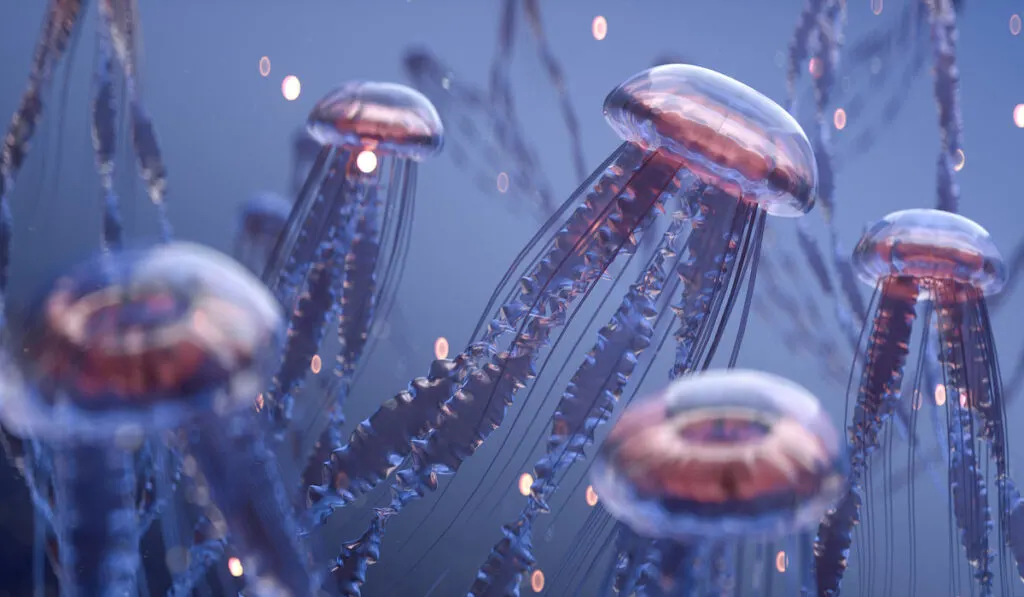
These invertebrates can be found inhabiting deep water, warm ocean water, and along the coastlines. Not many animals can successfully prey on jellyfish, but an exception has to be made for penguins.
A few select species, Yellow-eyed, Magellanic, Little, and Adelie penguins will hunt for jellyfish occasionally. And they can safely eat them without having to worry about the possibility of being stung by these umbrella-shaped creatures.
Small Rocks
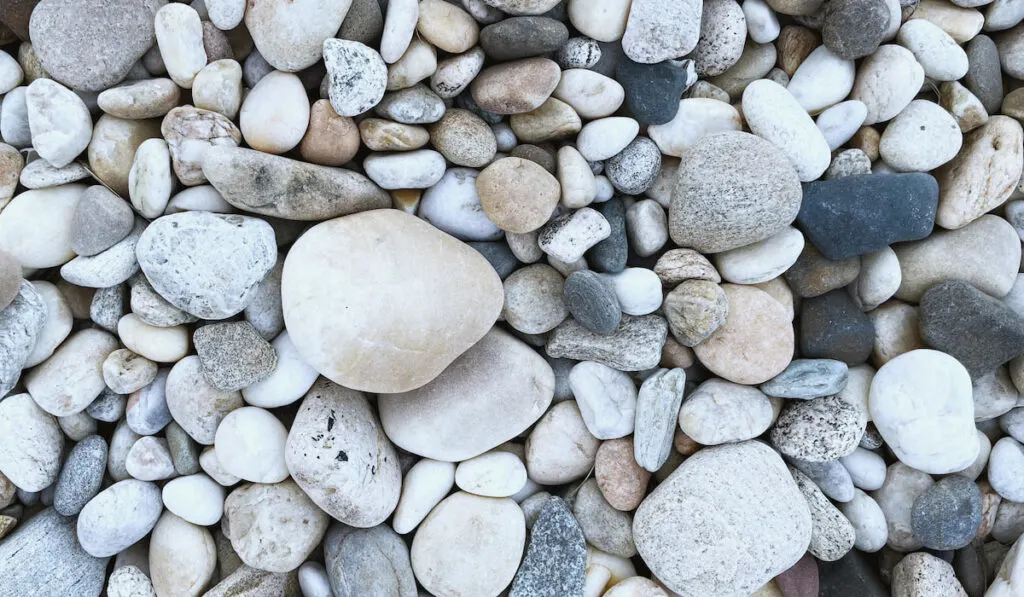
Although it’s kind of weird to hear, penguins do consume small rocks. But they don’t chew or digest these rocks. Small rocks can help penguins grind harder food such as crustaceans with hard exoskeletons inside their stomach. It leads to better digestion when the food they eat is properly ground to pieces. Aside from helping them break down their meals, the rocks also reduce buoyancy when penguins dive into the ocean.
Things They DON’T Eat
Fruits and Berries
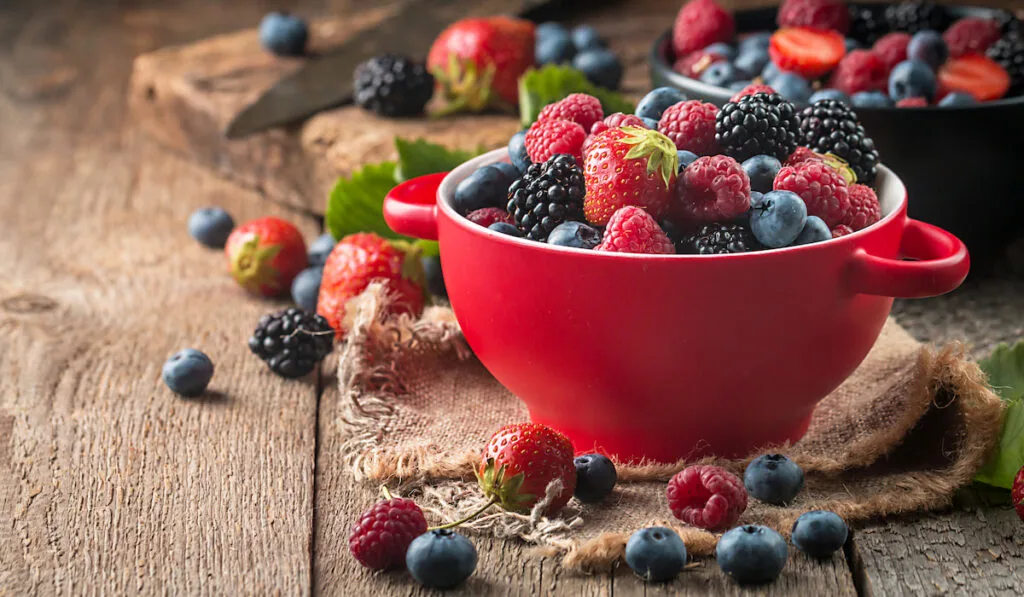
It is unlikely for fruits and berries to grow in a colder climate, let alone thrive for years to come. So the possibility for penguins to obtain fruit is pretty low.
Additionally, research has shown that penguins have a bad sense of taste. This is because the cold environment in their habitat suppresses some parts of their taste receptors. So, penguins can only taste food that is sour and salty.
Plants
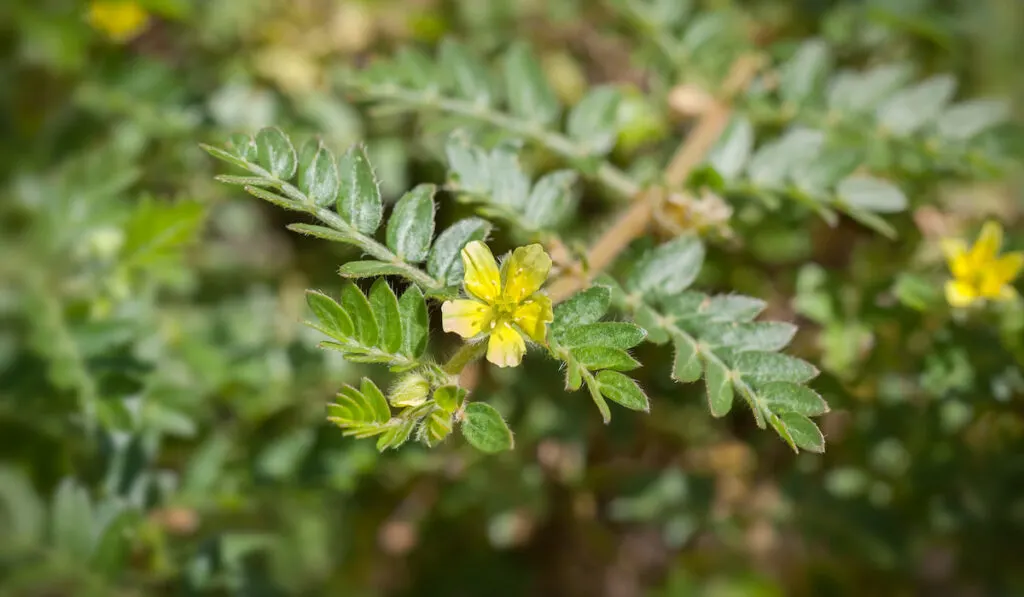
Similar to fruits, penguins also don’t eat terrestrial or aquatic plants. This is because their digestive system isn’t biologically suited to digest the fiber from plants. They only consume fish and other sea creatures to get energy and fat for their bodies.
Insects
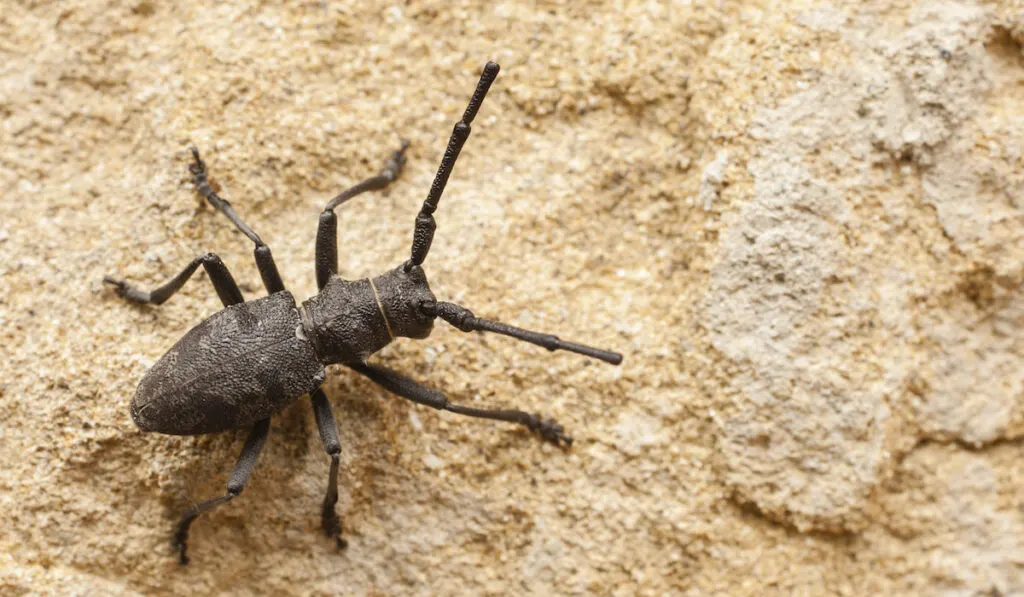
Although penguins are carnivores, they are not interested in eating insects. In fact, they are sea birds that spend almost 75% of their time in and on the water. Their chances of encountering insects are pretty low. And if they do, they might have a hard time catching insects that can fly quickly compared to penguins’ slower movement on land.
Dolphins
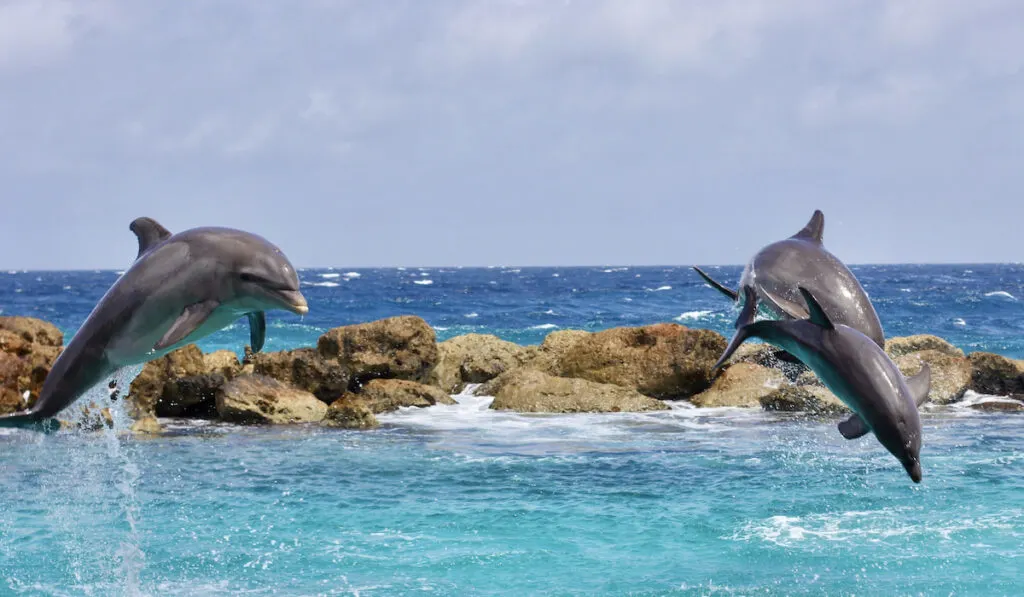
Dolphins are considered the most intelligent aquatic mammals. They are friendly, active, and able to swim faster than penguins. They are also carnivores that feed on many types of food including fish, squids, jellyfish, shrimps, octopuses, and others. Although penguins could theoretically eat dolphins, they most likely won’t feed on them. They aren’t vicious predators that can kill other big fish easily.
Seals
These semiaquatic mammals are also other sea carnivores that feed on fish, squids, jellyfish, krill, crustaceans, and other animals. And penguins don’t feed on seals.
Instead, seals are predators of penguins.
Some species such as leopard seals and fur seals will hunt for penguins both on land and underwater.
Seals are excellent predators with strong jaws, streamlined bodies, and infrared eye vision that help them to hunt at night. They can also dive as deep as 1,970 feet in search of food.
Other Penguins
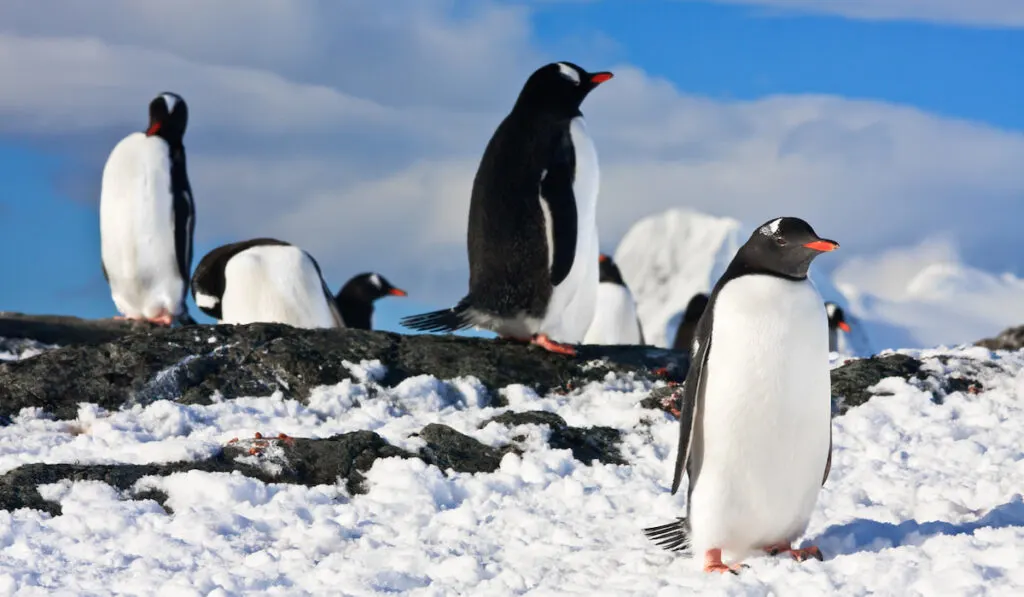
Aside from their predators, penguins are friendly creatures that can get along with other penguins from the same colony. They also aren’t hostile toward humans and other terrestrial animals. There is no logical reason why penguins would turn cannibalistic and feed on their own species.
Their Own Poop
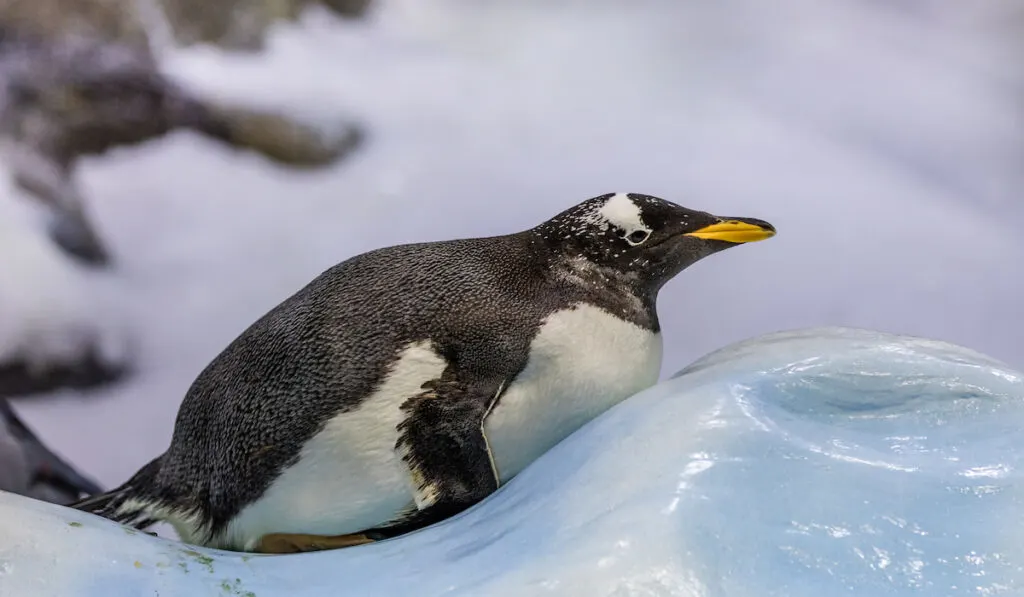
Another interesting fact about penguins is that they poop a lot. Penguin poop is known as guano. Guano is high in nitrogen and can be used as fertilizer. It has also been used to create gun powder.
These excrements are bodily waste that penguins won’t eat. However, they will use guano and soil as substrates to create burrows for their shelters. These burrows serve as nesting areas that protect baby penguins from the element and predators.
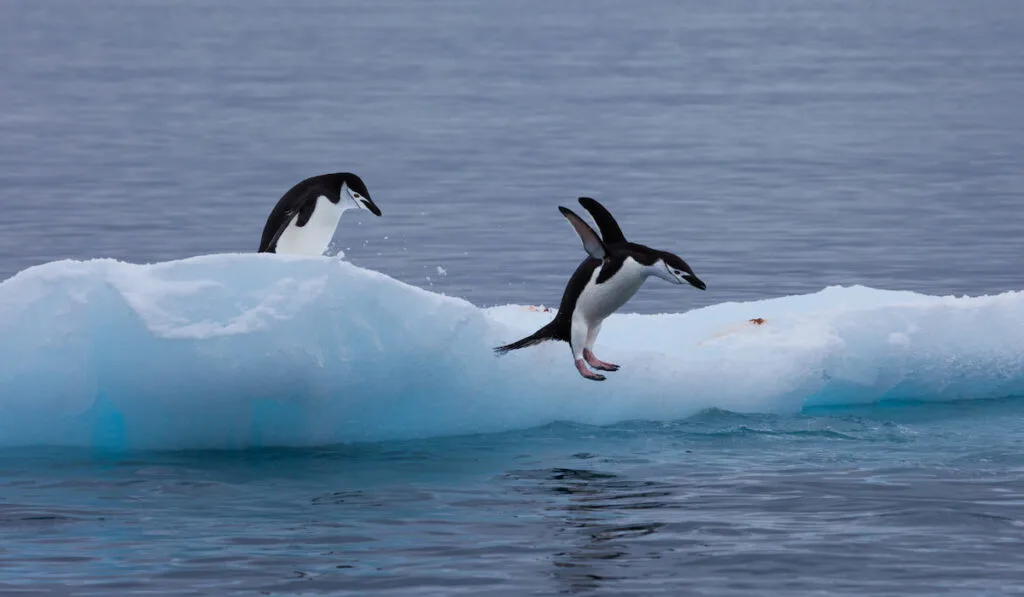
Do Penguins Eat a Lot?
The amount of food that penguins eat will vary based on their body size, daily activities, and seasonal changes. But when they are able to find a lot of food, they will eat a lot.
For instance, Yellow-eyed penguins make around 200 dives per day when their food is abundant. Meanwhile, the smallest species of penguin, the Little Penguin can only eat the amount that is similar to their body weight, which is around 2.2 pounds, while the largest species, the Emperor penguin, can eat up to 7 pounds of food per day.
Additionally, the size of the penguin’s colony will also influence the amount of food that it eats in a single year. For instance, the entire living population of Adelaide penguins will consume around 253,000,000 pounds of fish, 330,000,000 pounds of krill, and 7,700,000 pounds of squid each year. When the colony decreases in size, the amount decreases and vice versa.
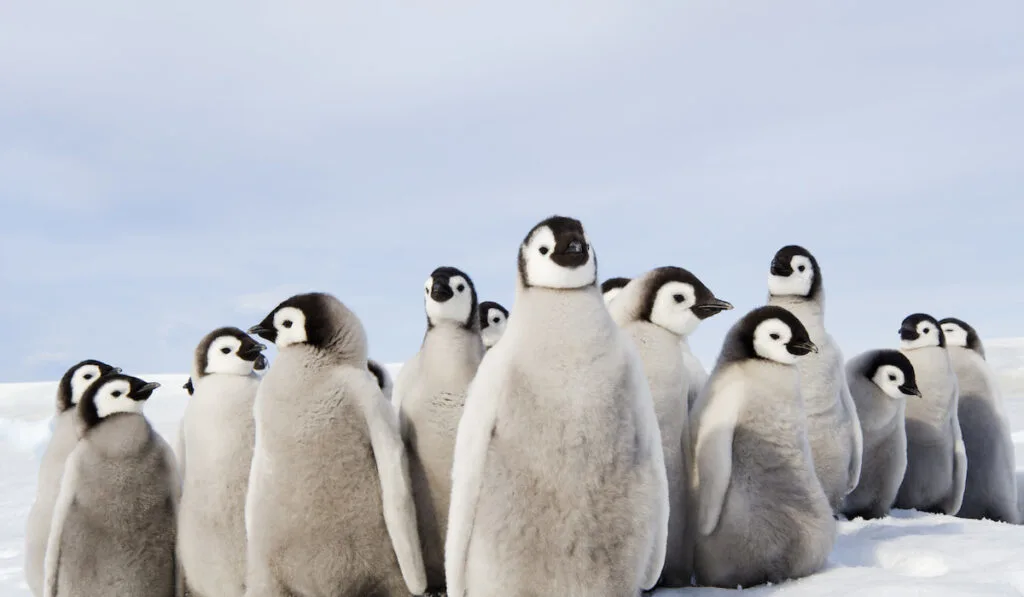
Do Baby Penguins Eat the Same Food?
Baby penguins or penguin chicks hatch after their parents take turns incubating the eggs from 30 to 66 days. Once they hatch, their parents feed them. Penguin parents take turns guarding their chicks and looking for food. This way, their chicks will always be under proper care and protection.
Baby penguins’ diet mainly consists of a mixture between regurgitated fish, crustaceans, and krill. Their parents will partially or completely digest the food before regurgitating it into the chicks’ beaks.
Final Thoughts
Above all, penguins’ ability to swim swiftly through the ocean doesn’t only help them to search for food. It protects them from predators such as seals, sharks, orcas, and sea lions.
In search of their food, the black-and-white color of their bodies also acts as a camouflage that blends them with their surroundings. Hence, we can all agree that despite their small size, these sea birds are pretty magnificent!
Citations
- https://www.penguins-world.com/what-do-penguins-eat/
- https://birdfact.com/articles/what-do-penguins-eat
- https://wildlifetrip.org/what-do-penguins-eat/
- https://wildlifefaq.com/what-do-penguins-eat/
- https://moviecultists.com/what-do-penguins-mostly-eat
- https://rangerplanet.com/what-do-penguins-eat-complete-list/
- https://polarguidebook.com/what-do-penguins-eat/
- https://www.zmescience.com/science/biology/penguins-bad-taste-16022015/
- https://rangerplanet.com/do-seals-eat-penguins-how-why-what-else-they-do-to-them
- https://www.penguinsinternational.org/2020/02/09/the-usefulness-of-penguin-poo/
